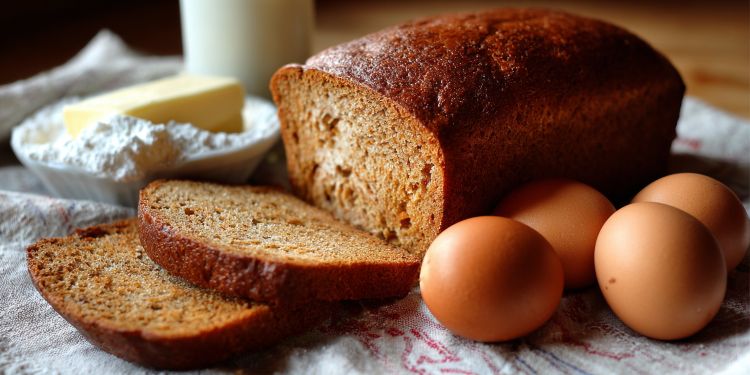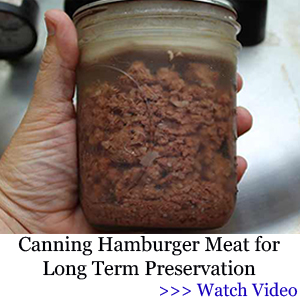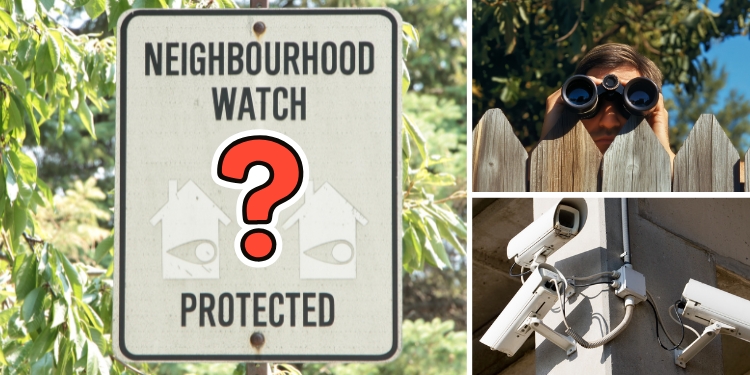How To Make Depression-Era Bread Pudding

Let’s rewind to a time when sugar was rationed, money was fiction, and people actually used what they had instead of scrolling for what they didn’t. The Great Depression wasn’t just a crisis; it was a test. And while Wall Street boys were jumping out of windows, families were figuring out how to turn stale bread into dessert.
Bread pudding was survival in a casserole dish. A dish that told the system, “We don’t need your grocery aisles. We’ve got brains, scraps, and fire.”
The Real Origin of “Waste Nothing”
During the Depression, “waste” was a sin and “resourcefulness” was a religion. Every crumb mattered. Nothing went in the trash unless it was truly dead, and even then, they’d find a use for it. Old bread wasn’t trash. It was opportunity.
Today, people toss out half a loaf because it’s “a little hard.” Back then, that loaf was breakfast, dessert, and a small rebellion against hunger. Bread pudding was the dessert of the defiant, sweetened with whatever life or the pantry gave you.
Related: Rice And Bean Casserole – An American Pantry Staple
People didn’t need fancy labels or food bloggers to tell them what was edible. They used instinct and common sense, two things modern society has nearly bred out of us. If it didn’t smell rotten or move on its own, you cooked it. You stretched it. You made it work. That’s the mindset that built resilience, not convenience.
This recipe was more than a sweet treat. It was a declaration of independence from dependence itself. It taught people to see value in what was overlooked, to create comfort from scarcity, and to survive when systems failed. And if you think that lesson isn’t relevant today, you haven’t been paying attention.
Ingredients From the Edge
Forget the luxury of perfect measurements. Here’s what you’d actually find in a Depression kitchen:
- 4 cups stale bread – white, rye, whatever was left
- 2 cups milk – or evaporated milk if the cow stopped giving
- 2 eggs – or one egg and an apology to your neighbor’s chickens
- ¼ cup sugar or honey – maybe molasses, maybe nothing
- Butter or lard – the flavor of survival
- Raisins, nuts, or bits of fruit – optional luxuries that meant you were still doing okay
- Cinnamon or nutmeg – for the smell that made a shack feel like home
Mix it all up. Bake until golden. It wasn’t fancy; it was fuel for the fight to stay alive.
Why This Recipe Still Matters
Look around. Food prices rising, supply chains shaking, people relying on delivery apps to feed themselves. You think we’re safe from another Depression? Think again.
The same arrogance that led us into the financial collapse of the 1930s is back, just hidden behind glowing screens and smiling politicians. Bread pudding isn’t just a dessert. It’s a history lesson. It’s proof that comfort can be made from chaos, and that survival is always possible if you know how to adapt.
Related: How To Make A Perfect Dandelion Salad – The Depression Era Staple
People today live under the illusion of abundance, endless store shelves, overnight shipping, and imported luxury. But all it takes is one global hiccup for that illusion to vanish. The folks who learned from the Depression knew how to pivot. They had skills, not subscriptions. And that made all the difference.
Every time you bake a dish like this, you’re not just cooking. You’re practicing survival. You’re reconnecting to a mindset that knew how to thrive when everything else failed. And that’s worth more than anything a modern grocery store could sell you.
The Modern Prepper’s Lesson
When the shelves empty again (and they will), it won’t be the people with stocked fridges who thrive. It’ll be the ones who know how to turn “nothing” into “enough.”
If you haven’t yet, get your hands on The Lost Superfoods. It’s packed with recipes and preservation techniques straight from the generations that didn’t have grocery stores or Amazon Prime. These foods were made to last decades, not weeks.
👉 Click here to discover The Lost Superfoods
Today’s preppers are the new Depression survivors, learning to can, preserve, and adapt before the crisis hits. While others panic over empty shelves, you’ll be calmly spooning out shelf-stable meals that could last years. That’s not fear. That’s foresight.
And if you think “bugging out” is the only survival plan, you’re missing the bigger picture. Sometimes, the safest place to be is home—fortified, supplied, and self-reliant. That’s why the Bug-In Guide is essential reading.
👉 Get your copy of the Bug-In Guide here
Final Thoughts
Depression-Era Bread Pudding is more than a dessert. It’s a symbol of grit. It’s a reminder that even when everything collapses, the human spirit finds a way to feed itself, to adapt, to rise again.
It’s easy to laugh at the idea of scraping together a dessert from scraps, until you’re the one facing a blackout, a food shortage, or a system that suddenly stops caring about you. The people who’ll make it aren’t the ones with the most money; they’re the ones with the most know-how.
So bake it. Taste it. Remember it. Because when times get tough again, and they will, this isn’t just food. It’s freedom in a pan. It’s proof that survival isn’t about luxury; it’s about mindset, skill, and the ability to turn crumbs into confidence.
You may also like:

Hardtack: The Survival Bread That Refuses to Die
The ‘Superweed’ That Saved Large Communities During The Great Depression (Video)
Soft Milk Bread Without An Oven
Depression-Era Foods Making a Comeback
Mock Apple Pie Recipe
Read the full article here









